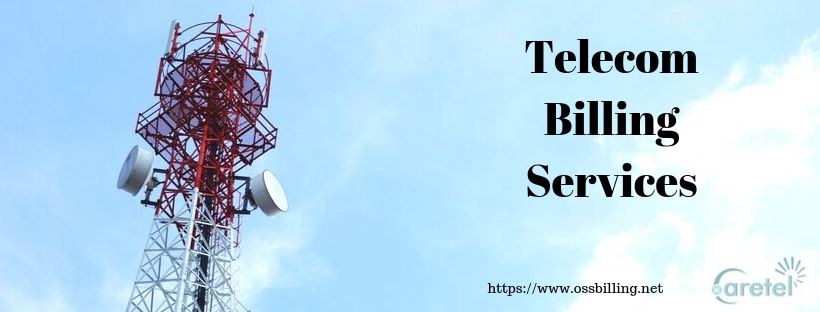A Sudden Need for Convergence
Not so long ago, telecom billing was divided into postpaid billing and prepaid billing. Disparate billing systems – Ericsson IN for prepaid and Amdocs for postpaid – were the standout billing systems at a time when telecom billing offerings could be counted on the fingers of one hand. But with a sudden deluge of new technologies, the industry has woken up to a number of new telecom billing services that simply cannot be monetized by employing a traditional telecom billing system.
As the launch of new techs become ever so frequent, telcos are suddenly backed into a corner. The depreciation of revenues due to OTT services and other non-telecom operators hasn’t helped their situation. As Whatsapp, Skype and Netflix eat into the revenue of telcos, they can’t help but wonder if this situation could have been avoided. And to their agony, the answer is yes, a big resounding ‘YES’.
The rise of these new non-telecom competitors can be attributed to the following two reasons:
- Lack of thought in judging the evolution of telecom services and the impending threats
- Lack of a revolutionary telecom billing system that could have helped telcos launch their own streaming/wireless calling services to compete with non-telecom OTT operators
As telcos were too busy counting profits and enhancing their fundamental core competencies, they never gave telecom billing systems the attention they deserved. Also, with their erstwhile billing methodology (separate prepaid/postpaid billing), it was very hard to monetize a new telecom service, let alone launch streaming services that were never really part of their domain. However, as of now, things have changed drastically. The launch of newer services related with IoT and 5G are challenging telcos at a whole new level.
Now, it is time for telecom operators – both MNOs and MVNOs – to learn their lessons and start investing in telecom billing services that are not only relevant today but also have the potential to assimilate and monetize future services quickly. For many, the answer lies in convergent billing systems that utilize a centralized charging platform for charging all services in real-time. Therefore, there is a sudden rush to acquire quality billing systems and with good reasons too.
5 Reasons Why You Need to Switch Instantly to Convergent Telecom Billing Services
- Convergent billing facilitates packaging of several services and their pricing in attractive ways to evoke customer interest. It becomes easier to bundle new services with older services in enticing packages. With the launch of such packages, telcos are able to familiarize the subscribers with new services. Once customers start liking the new offerings, they start buying them on their own; thereby increasing the ARPU (Average Revenue per User).
- Convergent billing allows for single service/product catalog, which expedites time to market, reduces silos and cuts the cost of implementation.
- Allows telecom operators to not only generate unified bills but also enables cross-service discounts. These innovative discounts can be utilized for creating plans with preferential pricings to reward customers that purchase multiple services.
- Enhances customer care department by providing a SPOC (Single Point of Contact) for customers using any type of service (prepaid, postpaid, broadband, IoT etc.). Such a customer care department is beneficial for both subscribers and telcos as it leads to more transparency and quick resolution of complex issues.
- Telcos are able to create new business models by partnering with content providers from other domains. Launching video streaming services to compete with established OTT vendors becomes easy with a convergent telecom billing system as you are able to partner with video streaming providers without having to worry about monetizing the services.

